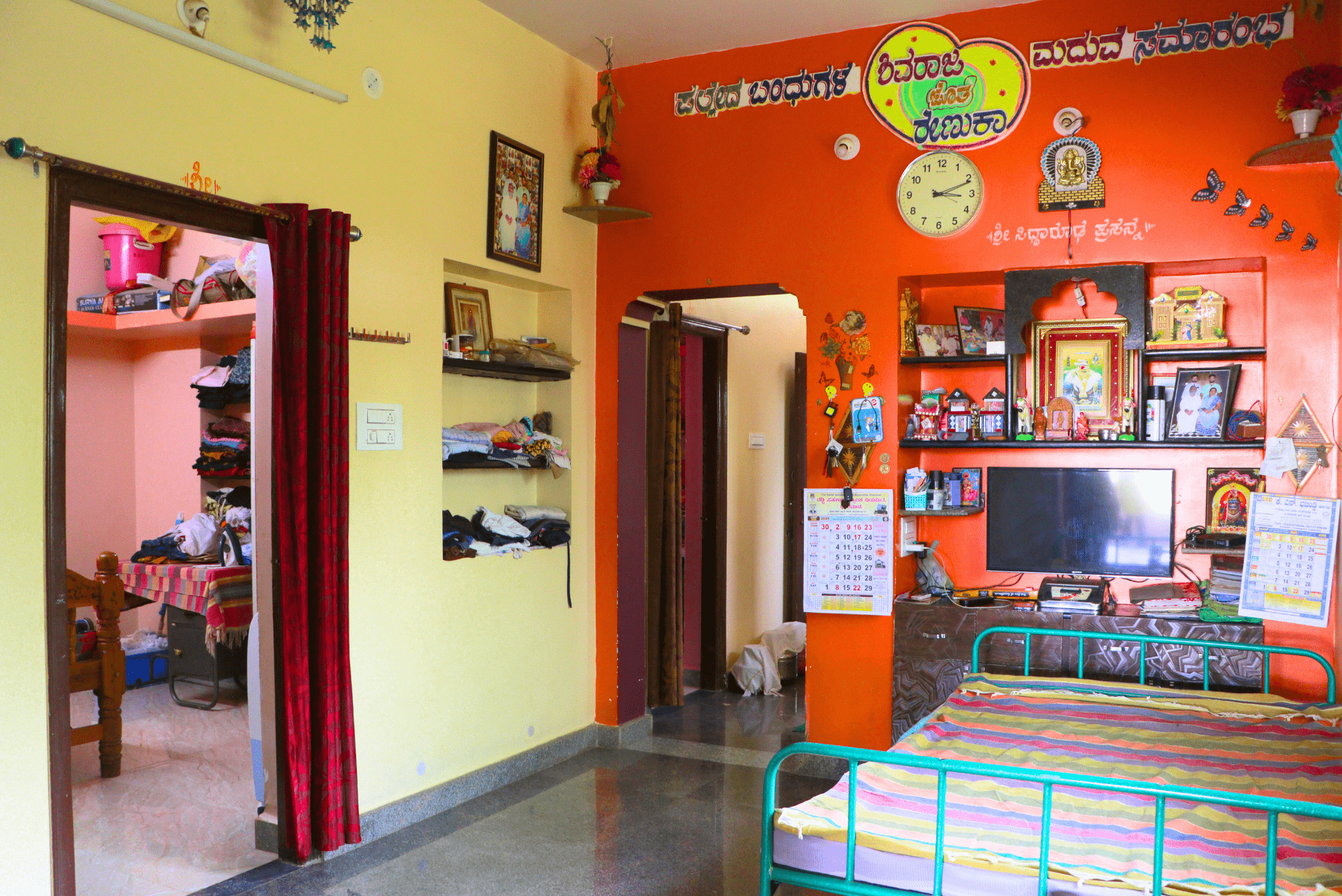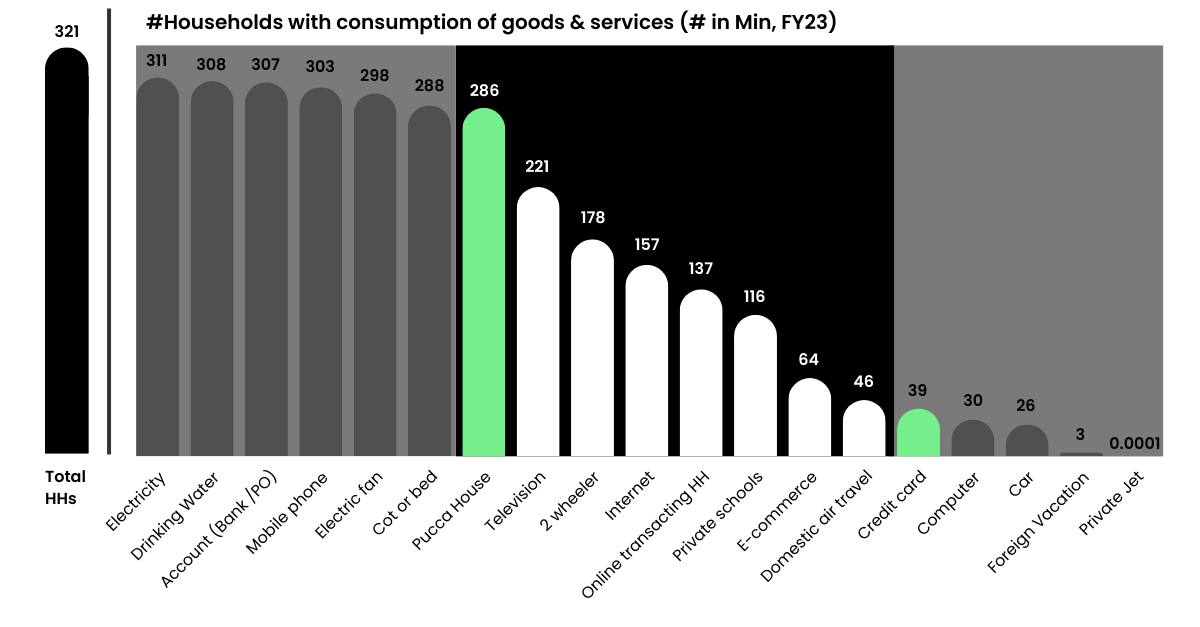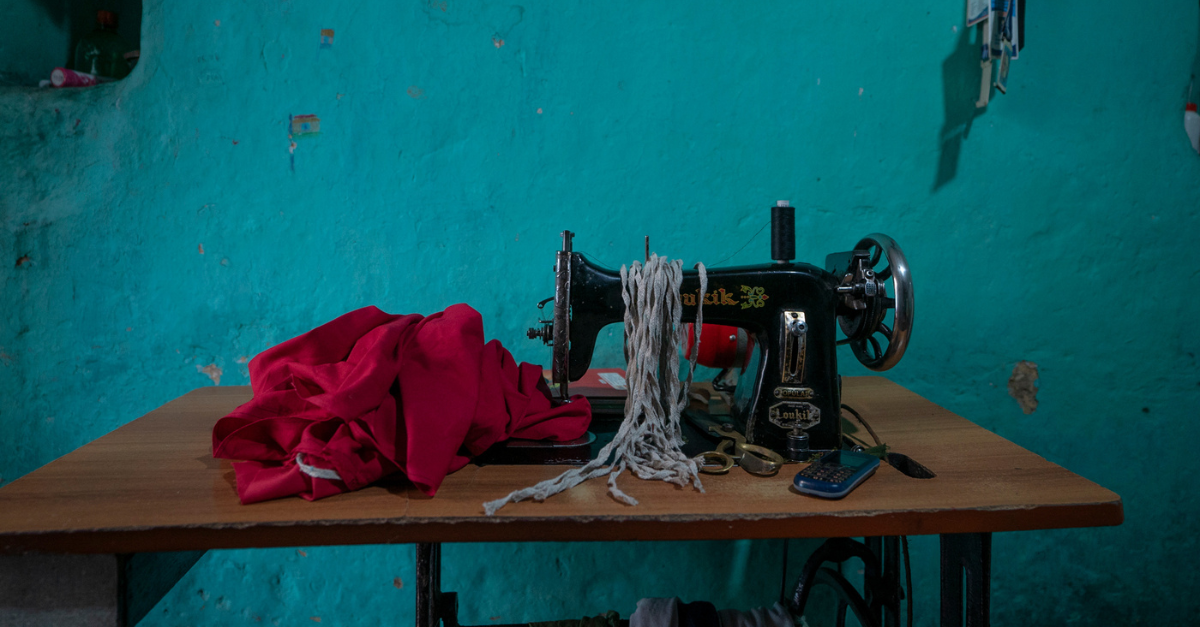
For two decades, we’ve learned to look past the obvious signals in rural India. While others track traditional economic data points, our most reliable indicator for a household on the cusp of growth is far simpler: a Pucca house.
A permanent, concrete home isn’t just a roof. It’s a declaration. It marks the moment a family transitions from a survivalist mindset - focused solely on immediate needs and mitigating risk - to one of burgeoning aspiration and long-term investment. This is the inflection point where a household at the bottom of the pyramid begins its journey to becoming an Entrepreneurial Household.

Once this foundational investment in a secure home is made, the entire economic calculus of the household undergoes a major change. The psychological burden and vulnerability of temporary shelter are lifted, freeing mental and financial bandwidth. Having made this first major investment, these households immediately become active, discerning consumers for a host of other goods and services. They are no longer just buying necessities; they are ready and eager to invest in tangible improvements to their lives and livelihoods.
This manifests in a readiness to acquire better transportation, such as two-wheelers for greater mobility and market access, or even small four-wheeled vehicles. They begin exploring formal financial services - from savings accounts and insurance policies to small business loans - seeking to protect their assets and fuel their growth. Investments in quality healthcare and robust education for their children become paramount, reflecting a vision for a healthier, more prosperous future. For local and regional businesses, this is the birth of a new customer with unmet needs and growing purchasing power.
Beyond its role in fostering new consumption patterns, the Pucca house itself transforms into a productive asset. It serves as a secure, stable base of operations from which new economic activities can arise or existing ones can be significantly enhanced. We’ve seen this happen time and again. A farmer with a secure, dry place for storage within their Pucca home is no longer a price-taker, forced to sell produce immediately after harvest. Instead, they gain the strategic capacity to wait for more favourable market conditions, significantly enhancing their returns and overall economic resilience. A family can dedicate a room to a new enterprise - a tailoring business, a small repair shop, or a carpentry workshop. The home becomes a place of commerce, directly contributing to the household's income and solidifying its entrepreneurial journey.

The Pucca house also becomes a financial tool, not just a utilitarian one. As a tangible, verifiable asset for those with ownership, it can be leveraged to secure formal credit from banks and other financial institutions. This access to capital is a game-changer, breaking the cycle of informal, high-interest borrowing and providing the necessary funds to invest in a nascent business idea, expand an already successful venture, or even purchase more productive land. This newfound ability to access formal credit unlocks a completely new level of economic agency.
A Pucca house is more than just construction; it is a powerful, early signal of a family ready and able to invest in its growth, signifying a shift in its economic trajectory. But a cluster of them signals something bigger: a region reaching an economic tipping point. It’s an early, ground-level indicator that a local market is poised for development, full of new customers and new enterprises. For any investor or business serious about rural opportunity, this is the first, most powerful story the numbers can tell.



